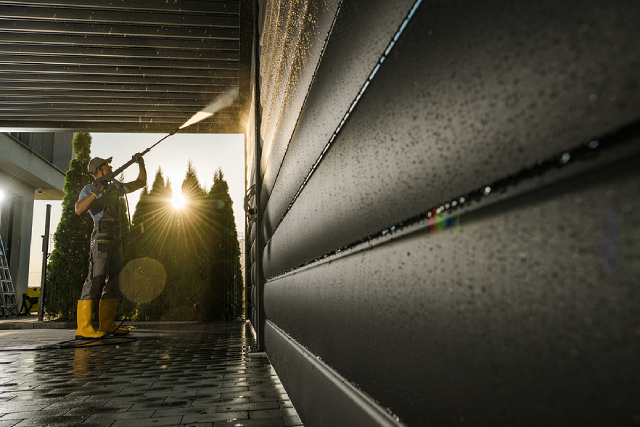Pressure vs Power Washing: Why They Are Not One And The Same

While high-pressure washers and wet and dry vacuum cleaners in Singapore are among the two most commonly used cleaning tools today, the former offers more versatility since it can clean many surfaces in various situations, from everyday maintenance to disaster cleanup. Since not every cleaning job is the same, pressure washers can be configured to use different output mediums—typically hot and cold water and various pressure washing chemicals like car wash soap—and the force at which they spray them.
This brings us to the two main cleaning methods for pressure washers: power or pressure washing and soft washing. While many people tend to use pressure wash and power wash interchangeably, cleaning experts know that there is a small yet significant difference between the two. Hence, there are actually three ways to use a pressure washer if you want to go technical about it. Read on to discover what sets the two apart and if it makes any difference in your cleaning routine.
The difference between pressure washing vs power washing
Both cleaning methods output pressurised water to remove tough stains from hard surfaces, but the main difference lies in their heating element or lack thereof. Regular pressure washing simply releases a spray of water at various pressure levels, but power washing exclusively uses highly-pressurised and hot water. This heat greatly affects how each washing method is used, as explained in the following sections.
What is pressure washing?
Pressure washing is what most people are familiar with in commercial cleaning services or DIY cleaning at home. Most pressure washers in the market are highly configurable and can operate at different pounds per square inch (PSI) and gallons per minute (GPM) to achieve the right amount of force, perfect for mild to heavy-duty cleaning jobs. While pressure washing does an amazing job at blasting away dirt and stains, it does not do well against mould, moss, and other tougher materials.
What is power washing?
By using a high-pressure stream of very hot water, power washing is highly effective at fully removing embedded dirt and materials from hard surfaces. This is all thanks to the combination of high-pressure and high-temperature water. Thus, if you are dealing with salt, mould, mildew, stuck chewing gum, and grease stains, power washing offers a convenient means to wash them all away. Apart from making quick work of these stubborn stains, power washing is also ideal for sanitising surfaces and controlling weeds and moss that cannot handle the heat.
Best applications for pressure and power washing
Power washing is the more heavy-duty version of pressure washing as it can tackle more difficult stains than the latter. If you are wondering which of the two methods to use, that entirely depends on the job at hand.
For everyday household cleaning, pressure washing with an electric pressure washer offers the best convenience due to being lightweight, easy to use, quiet operation, and less harsh on surfaces. If you need something more powerful, stepping up to a gas-powered pressure will be necessary since they can better handle more extensive and complex cleaning tasks.
On the other hand, power washing is ideal for bigger jobs like cleaning large commercial spaces, driveways, and patios. The heated water can significantly help clean these surfaces faster since the higher temperature loosens up dirt and stains. That said, be careful when power washing since it can damage soft surfaces that buckle with heat (e.g. wooden decks) and only stick to concrete and other hard surfaces.
Conclusion
Pressure and power washing are similar yet different methods due to the latter’s use of high-temperature water, making it more suited for certain jobs and inadvisable for others. Thus, if you are dealing with stubborn stains that do not budge when using a high-pressure washer alone, switching to a power washer may just be the solution you need.

